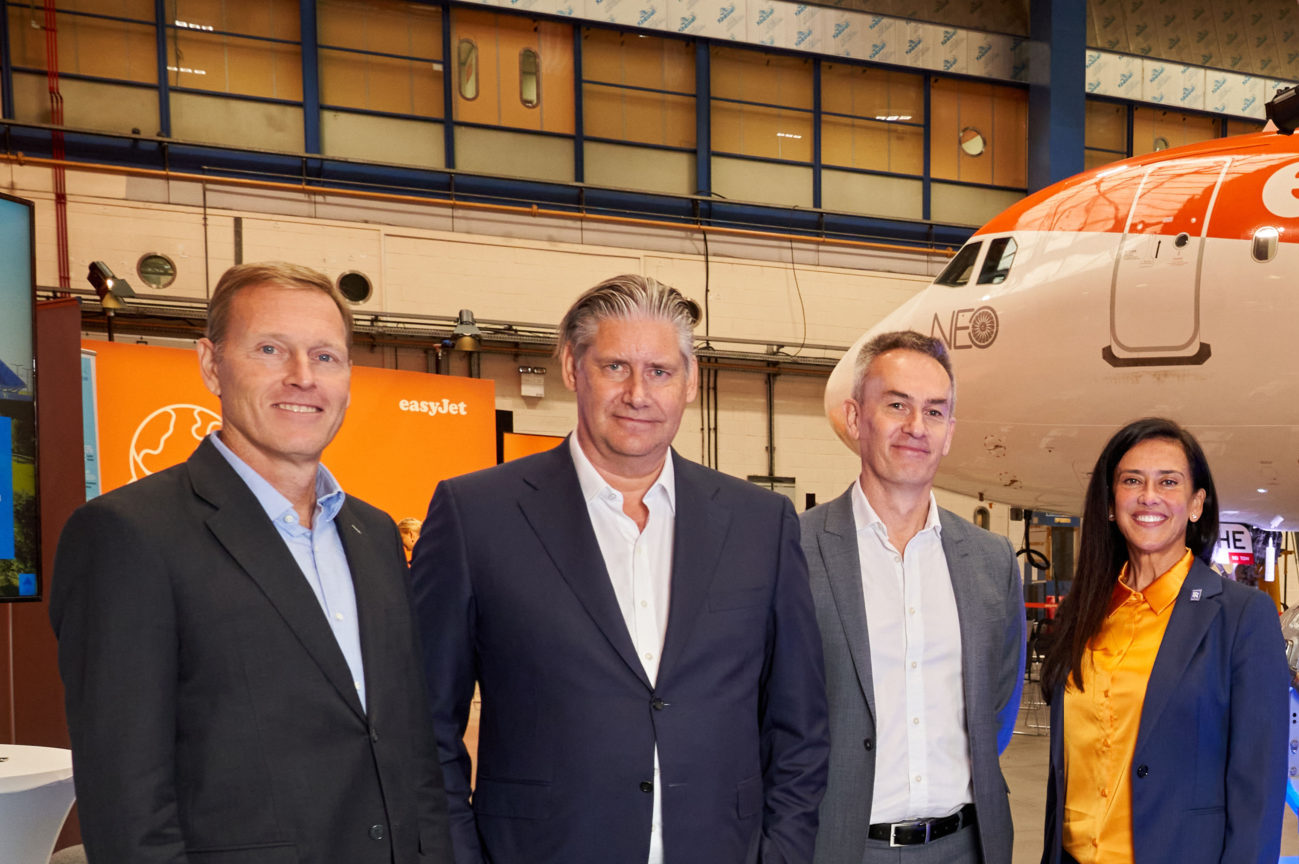Jet Zero Council Member Spotlight: ZeroAvia

Jet Zero Council Member ZeroAvia shares how they are scaling hydrogen-electric propulsion for larger airframes.
ZeroAvia works with aircraft operators, owners, and manufacturers to supply the breakthrough zero-emission engines and the infrastructure and fuel to power a revolution in green flight. Following the successful first flight of a six-seat aircraft in September 2020 using a hydrogen-electric fuel cell powertrain, the company took to the skies at Cotswold Airport at the start of this year to demonstrate a prototype of its certified-intent ZA600 600kW engine, retrofitted to power the left-side propellor of a 19-seat Dornier 228.
This keeps the zero-emission propulsion technology innovator on track to deliver a certified engine for 9-19 seat aircraft into service by 2025, opening up the promise of a truly clean commercial flight within three years. But the company is not stopping with small regional turboprops and believes that hydrogen fuel cell propulsion technology will prove the most environmentally friendly and economical method for powering all types of aircraft over time.
The next step on that journey for ZeroAvia is to develop its ZA2000 2-5MW modular powertrain designed to support 40-80 seat aircraft, such as the ATR and Dash 8 families, and with an entry-in-service target of 2027. To support the largest and most energy intensive aircraft in this category – the Dash 8-400 – ZeroAvia is targeting a powertrain with five times more power than the prototype system demonstrated in the Dornier. This means the company is already busy working on the significant engineering challenges related to energy density and thermal management of the system.
Over the last few weeks, the company has announced several milestones related to the building block technology necessary to achieve a certifiable and commercially viable powertrain for these large regional turboprops. There are three key building blocks for enabling commercially relevant hydrogen fuel cell engines for larger aircraft: higher temperature fuel cells to reduce cooling weight and improve energy density of the fuel cell systems, hyper-efficient electric motor technology to maximise all the power generated by the fuel cells, and liquid hydrogen storage to improve the volumetric energy density of the system.
Heating up
Increased temperature and pressure allows for air cooling, reduces cooling drag, simplifies the system, and ultimately enables operation in much more demanding applications. In early March, ZeroAvia announced it had achieved record-breaking performance in testing of its High Temperature Proton Exchange Membrane (HTPEM) systems. The results observed so far from the HTPEM systems and projected developments promise to support not just sub-100 seat fixed wing aircraft and rotorcraft applications but could also be sufficient to enable electric propulsion systems for 100+ seat single-aisle turbofan aircraft such as the Boeing 737 and Airbus A320.
Electric avenue
In tandem, ZeroAvia has been working extensively on developing high performance electric motors for both its ZA600 and ZA2000 engines. On 1st May, ZeroAvia received a Dash 8-400, 76-seat aircraft from Alaska Airlines, which it plans to retrofit with a hydrogen-electric propulsion system to expand the reach and applicability of zero emissions flight technology. ZeroAvia also debuted its breakthrough multi-megawatt modular electric motor system in a 1.8MW prototype configuration at the event – demonstrated with a propeller spin aboard ZeroAvia’s 15-ton HyperTruck ground-test rig.
The “HyperCore” is a high-power, high-speed 900kW permanent magnet radial flux machine, which operates at 20,000 rpm, matching the typical turbine engine speeds, and providing an unprecedented 15kW/kg motor power density. Crucially, HyperCore’s modular design enables the technology to address applications ranging from 900kW up to 5.4MW, meeting a number of regional turbo-prop and regional jet requirements.
Cooling Down
The third leg of the stool is to develop and test cryogenic liquid hydrogen tanks for on-aircraft storage. At Cotswold Airport, ZeroAvia is already advanced in testing smaller scale tank technology, with some major milestone announcements planned for the second quarter.
With the growing excitement surrounding hydrogen as ‘the fuel of the future’, ZeroAvia is seeking to advance the technology that will deliver this cleaner, golden age of aviation in the short and long-term.
About the Jet Zero Council
The Jet Zero Council is a partnership between industry and government, supported by Innovate UK KTN, to bring together ministers and chief executive officer-level stakeholders, with the aim of delivering at least 10% sustainable aviation fuel (SAF) in the UK fuel mix by 2030 and zero emission transatlantic flight within a generation, driving the ambitious delivery of new technologies and innovative ways to cut aviation emissions.



